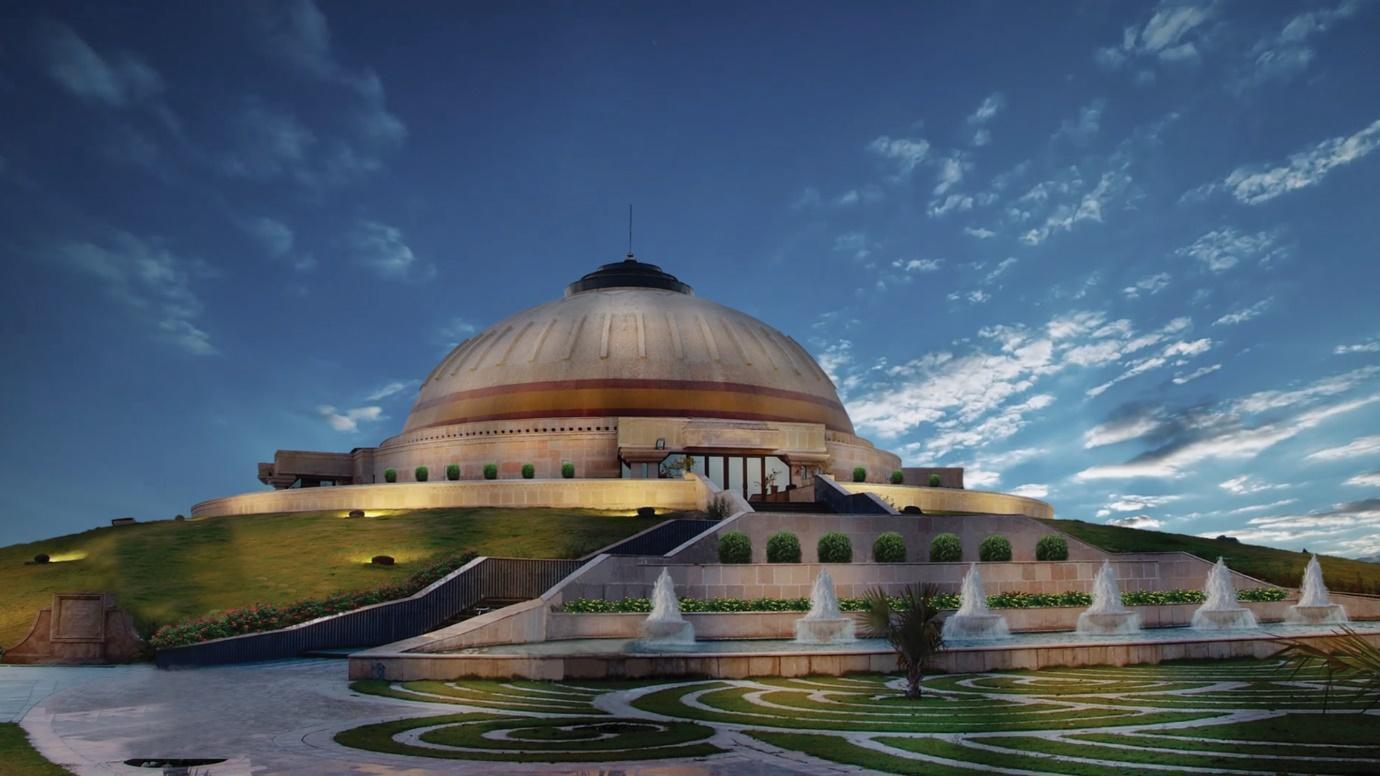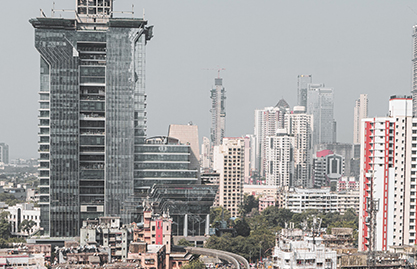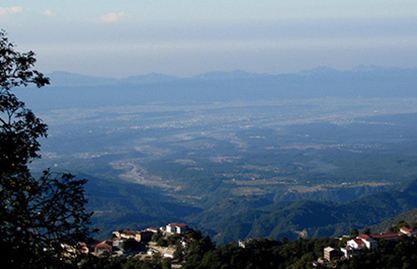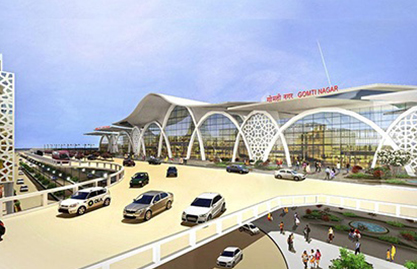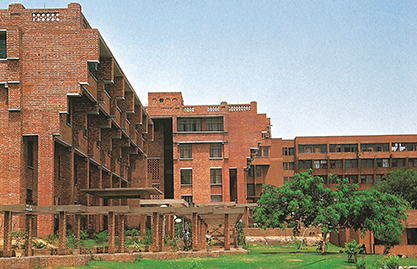Is Our Heritage Safe?
Heritage buildings, spaces, cities and sites are the remnants of our past generations. They are a reflection of our past and fill in an important information gap in efforts to trace the evolution of societies and civilisation. Though many historic structures have stood the test of time, some of these are notified heritage buildings and precincts that require diligent preservation, conservation and restoration. As our cities constantly evolve, these buildings get encompassed by continued development. In many cases, you can just miss a beautifully carved entryway in the layering of glass and ACP. It is only by insensitive development, at times, that the safety of these buildings and sites stood compromised. In this blog, we are looking at ways to ensure the safety and longevity of our architectural heritage.
Equipping Heritage Sites for Response
Heritage buildings are valuable for every community, and their maintenance and upkeep are paramount for cultural preservation. Through the ages, the safety of these buildings and sites has been threatened due to reasons such as aging, ineffectiveness in conservation and restoration, unanticipated natural calamities like earthquakes, fire, floods, hurricanes and tsunamis, and man-made disturbances such as war and long-term armed conflicts.
Recently, fire breakout incidents in and around historical sites have made headlines. Likes of the disaster at Notre Dame Cathedral in France resulted in devastating and irreparable damages. We must learn from these incidents and not submit our heritage to such disasters; instead, we must equip them for better response. Some of the immediate measures of safety which can be easily installed and integrated include CCTVs, smoke detectors, fire alarm systems accompanied with gas/water sprinklers, fire walls and water curtains. Safety drills between different rescue departments should be conducted quarterly to curb on-site panic. Heritage buildings undergoing restoration should mark the vulnerable sections, making them inaccessible to the general public.
Technology and AI to Advance Heritage Conservation
The advancing technological knowledge and resources can be put to use to lead programmes for transforming the architectural conservation and restoration techniques for Heritage buildings and monuments.
Integrating technologies such as artificial intelligence, machine learning, and the Internet of Things would expedite problem-solving for conservation and building safety and support building management systems (BMS). This combination could be revolutionary in regulating issues of security and vandalism. With BMS, the heritage buildings can be connected to the Smart City Grid, and the network of these heritage buildings can be established on a City level. The system can be manned at a single point, located in the Office of the Civic Department or the local Disaster Management Authority. Using a scheme of IoT, these stations can be interconnected to help regulate data sharing with much fluidity and accuracy and present immediate action. Moreover, creating ‘digital twins’ of these buildings can also assist in checking any leaks, plumbing failures, electrical faults, etc.
These historical monuments have stood tall against the test of the constantly changing political, social and economic narratives, with panache and pride, outliving generations. It lies in our hands now to value and preserve these archival buildings so they can be passed onto future generations to live with and cherish their historical ancestry.


